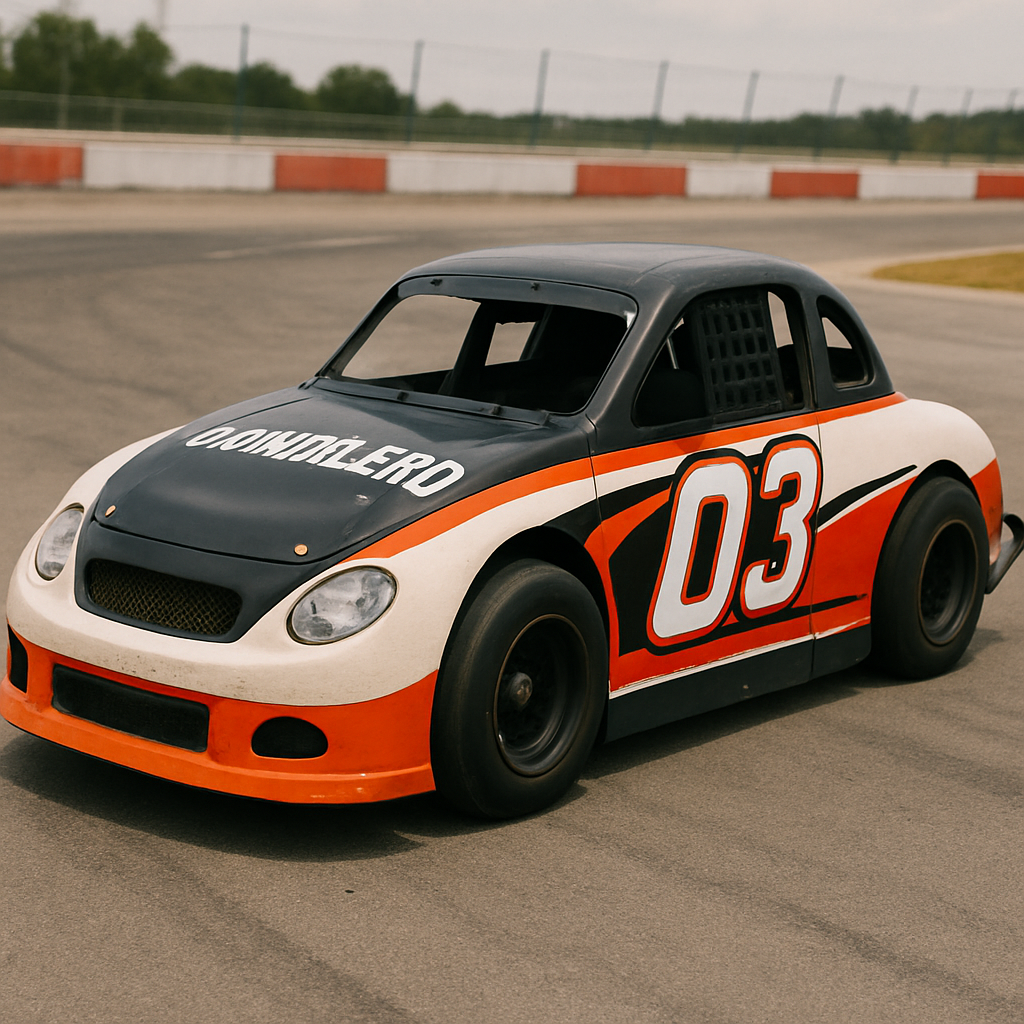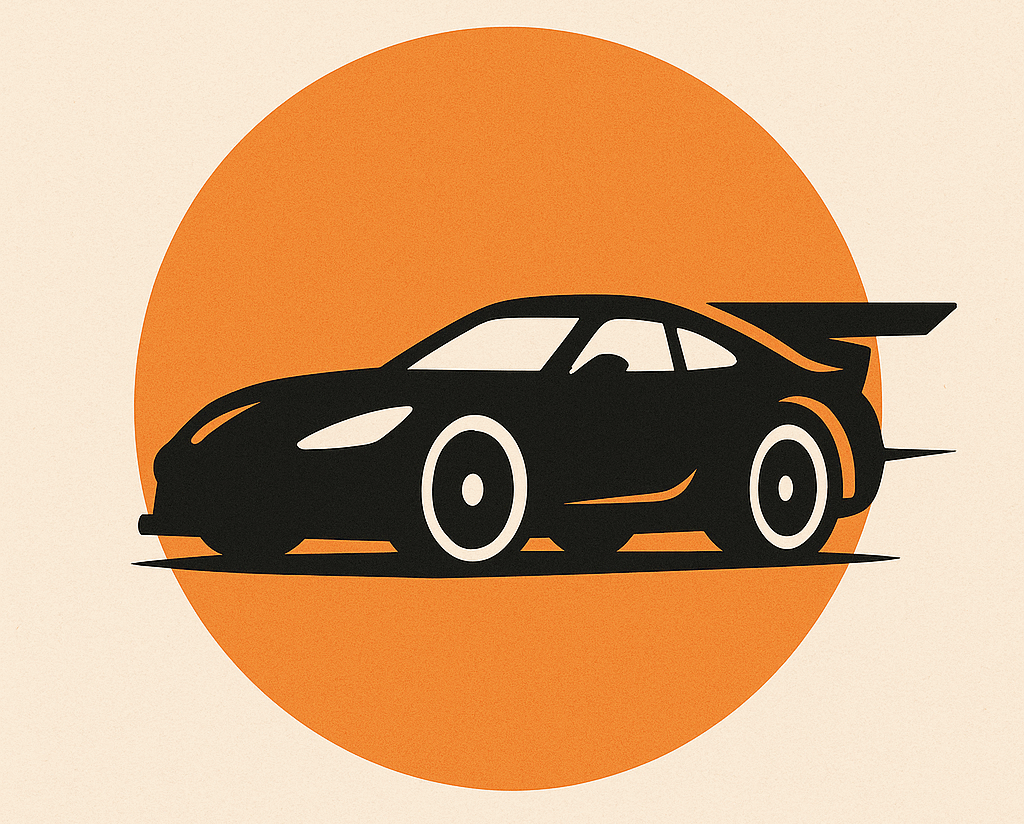
I’m Kayla Sox, and yes, I actually strapped into a Bandolero racing car. Not once. Many times. I ran practice days at Lil’ Texas Motor Speedway and did race nights at Atlanta’s Thursday Thunder. I’ve also helped a couple of kids on my team get started, which means I’ve wrenched, loaded trailers, and cleaned rubber off noses after spins. So this isn’t a “from the stands” take. This is sweat-under-the-helmet real. For an even deeper dive into what it’s like behind the wheel, you can read this extended play-by-play of my very first Bandolero racing car outing.
Why I Chose a Bandolero (And Who It’s For)
Bandoleros are small, spec race cars built by U.S. Legend Cars. They’re meant for kids and teens, but yes, small adults can fit. I’m 5'4", and I fit fine with the seat set tight. These cars use a sealed Briggs & Stratton V-twin engine, a simple chain drive, and a full cage. Top speed depends on the track, but the first time I saw 60 mph on a tiny oval, I felt it in my teeth.
I picked a Bandolero because I wanted a real race car that didn’t require a full stack of cash or a full-time crew. Plus, the series is run almost everywhere—Charlotte, Atlanta, Vegas, Texas, little hometown ovals—you see the same basic rules and parts. That makes learning faster. And safer. (For newcomers, the sanctioning body notes that Bandos are essentially a stepping stone from karting to full-size cars, featuring left-foot braking and a centrifugal clutch that eliminates shifting—details you can read on the official series page.)
My First Start: Nerves, Noise, and a Twitchy Wheel
The very first time I fired it up, the engine had that deep lawn-tractor growl. Not fancy, but tough. I remember the smell of warm fuel and rubber. The steering felt quick, almost jumpy. In the pits, I kept reminding myself: small inputs, small inputs.
Rolling out, the clutch grabbed smooth. The car pushed a little in the center of the turn, then snapped loose off exit if I got greedy with my right foot. It’s funny—Bandos look cute. They don’t drive cute. They’ll bite if you’re sloppy. I learned fast to breathe, settle my hands, and trail brake a touch.
I chased the fast kids who have more laps than most of us have miles to the grocery store. On my second race night, I got shuffled high and kissed the marbles. Felt the right rear skate. Heart in my throat. Saved it, barely. You know what? That tiny save felt better than a win.
How It Actually Handles
- Turn-in: Quick. The front wakes up fast, so don’t yank the wheel.
- Mid-corner: If you enter too hot, it plows. Roll out early, let the nose set, then feed it throttle slow.
- Exit: This is where the magic is. Smooth feet matter. Too much gas and the rear steps out.
- Brakes: Enough to help rotate. Not a lot, but enough.
- Ride: Bumpy tracks will shake your fillings. But the chassis can take it.
I ran a short 1/5-mile and a 1/4-mile oval. With the right gear, the car zips. At Atlanta’s Legends oval, my best laps came when I stopped chasing speed and started chasing rhythm. Brake light. Coast. Throttle. Repeat. A steady heartbeat, really.
Setup That Helped Me
I’m not a wizard, but these tweaks made a big difference:
- Tire pressures: We started around 20–22 psi and worked up as the night cooled. Keep notes. Track by track.
- Stagger: A little right-side stagger helped the car turn and settle off exit.
- Toe: A touch of toe-out made the wheel feel calmer on entry.
- Chain tension: Check it every time. A loose chain will ruin your night.
- Oil: We changed oil after each weekend. Cheap insurance.
- Clutch shoes: If it starts slipping off the line, check those right away.
And yes, I keep a tiny notebook in my gear bag. Lap times, weather, pressures, and one-line notes like “too free off 2” or “tight center with traffic.” That notebook is gold.
Real Costs I Paid
I bought a used Bandolero from a local family. It wasn’t shiny. It was straight. That’s what matters. My spend looked like this:
- Used car: mid $5k range
- New belts and a seat pad: a couple hundred
- Spare chain and sprockets: not bad, but you’ll need them
- Tires: they last longer than you think if you don’t scrub them every session
- Entry fees and fuel: manageable, but it adds up across a season
I’ve seen new cars go for much more, but used is common and fine. After a bump at Texas, I replaced a front bumper and a spindle. Both were easy to swap. Parts are everywhere because the series is so popular. If you need a one-stop online shop for Bandolero parts, gear, or even a full turnkey car, I’ve had good luck browsing PDV Racing before heading to the track.
Safety Stuff I Won’t Skip
I wore a full-face helmet, a neck restraint, gloves, shoes, and a proper suit. Five-point belts stayed tight. Away from the track, I’ve broken down why a good, durable layer matters in my real-life take on a vintage racing jacket, another piece of gear I won’t head to the pits without. If you’re helping a young driver, coach them on belts and head-and-neck safety every single time. Make it a ritual. We also keep a small fire bottle in the pit box. I’ve never needed it. I sleep better knowing it’s there.
A Night I Won’t Forget
During a hot July race at Atlanta’s Thursday Thunder, I started mid-pack. The track felt slick at first, then came to me. About halfway, I found a lane low that rolled like butter. I passed two cars clean, then got stuck behind a purple Bando that checked up early in the turns. Lap after lap, same story. Finally, I lifted a hair sooner, turned under them on exit, and got the run. It wasn’t brave. It was patient. When I pulled into the pits, a dad from another team slapped my shoulder and said, “That was tidy.” I grinned like a kid who found five bucks.
What I Love
- It’s a real race car that teaches real race craft.
- Parts are easy to find and the rulebook keeps it fair.
- The engine is simple and strong if you treat it right.
- The community helps. Someone always has a spare bolt or a tip.
- Seat time. You get lots of laps on short ovals.
What Bugged Me
- The steering can feel nervous until you get used to it.
- Chains stretch. Check them or you’ll hear the worst clatter of your life.
- If you chase setup too far, you’ll chase your tail. Keep it simple.
- Heat. In summer, bring water, fans, and a towel for your face.
During a long red-flag delay or while you’re stuck in the trailer between heats, boredom can sneak up fast. Some drivers swipe through social apps to pass the time; if you’re curious about an adult-oriented option, this detailed Get It On review breaks down features, pricing, and real-user experiences so you can decide whether it’s a fun, low-stakes way to chat with new people while you wait for the track to go green. If your racing schedule ever plants you in the Chicago suburbs for an event—say at Grundy County Speedway or Route 66 Raceway—and you’re looking for a more in-person, nightlife-style connection after the haulers are buttoned up, the community-focused guide at Orland Park swingers lays out local meet-ups, etiquette pointers, and venue recommendations so you can steer your social life with the same confidence you bring to turn three.
Little Lessons I Learned the Hard Way
- Don’t run every practice. Save the tires for the race.
- Write down the gear ratio. You’ll forget. Trust me.
- Watch the fast car’s hands, not just the lap times.
- Clean the visor before every session. Smudges hide entry points.
- After a spin, breathe. Shake it off. Everyone spins.
Who Should Get One
- Kids and teens who want real seat time and a fair field.
- Parents who want a path that doesn’t eat the whole bank account.
- Adult coaches or small adults who want to learn oval craft and teach.
- Anyone who loves simple machines that reward smooth hands.
If you’re taller or want more power, a Legend car might fit better. If you only want track days with zero elbows, this might feel tight. Bandos race hard. It’s close quarters and paint gets traded sometimes.
